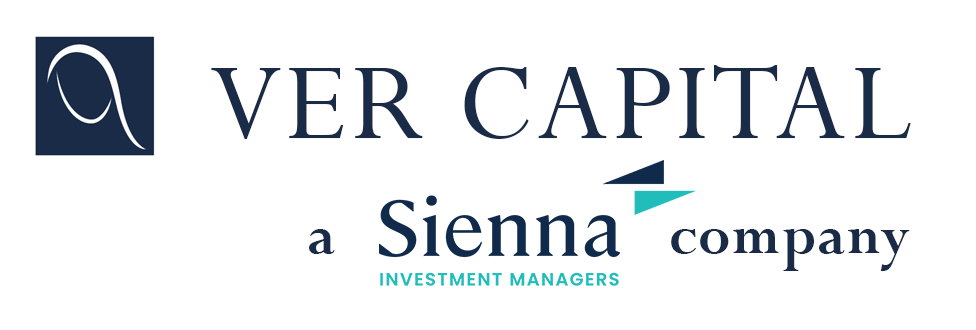
2022, A Robust Outlook For Private Debt
Published: Jan. 19, 2022
As highlighted in a recent report from Preqin, investments in alternatives across the globe are expected to accellerate over the next five years as assets under management are forecasted to post a CAGR of 11.7% in the period 2021-2026. The cumulative market is expected to reach USD 23.2 trillion with the main catalyst being private assets, namely private debt, private equity and infrastructure.
Among private assets, private debt is the one expecting the fastest growth with AUM forecasted to increase at 17.4% CAGR from 2021 to 2026 and reaching a total of USD 2.7 trillion in 2026. This growth is not only supperted by instituional investors and the disintermediation of the banking system (link) but also by the indirect growth of private equity (2021-2026 CAGR of 15.9%), as the main targets for private debt deals remain sponsored transactions.
2022 is expected to be carachterized by an increasing competition between direct lending funds, providing credit facilitiies directly to borrowers, and the syndicated leveraged finance market where the banking system is involved. From a supply point of view, this competition is driven by the gowing size of the private debt market which is bringing more dry-powder available in the market and consequently is forcing private debt managers to focus also on larger deal sizes in order to have an efficient and fast ramp-up of their funds. From the demand side, the strong M&A activity expected this years is leading borrowers to evaluate both the syndicated market and the private debt market as alternatives to finance their needs.
